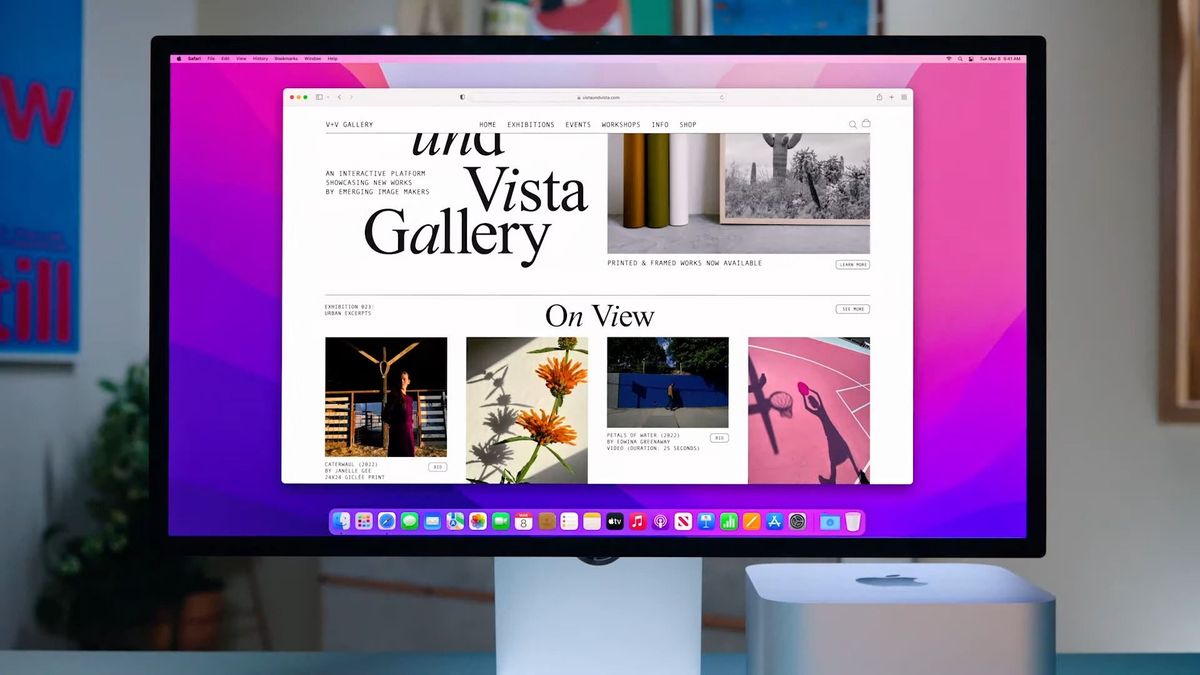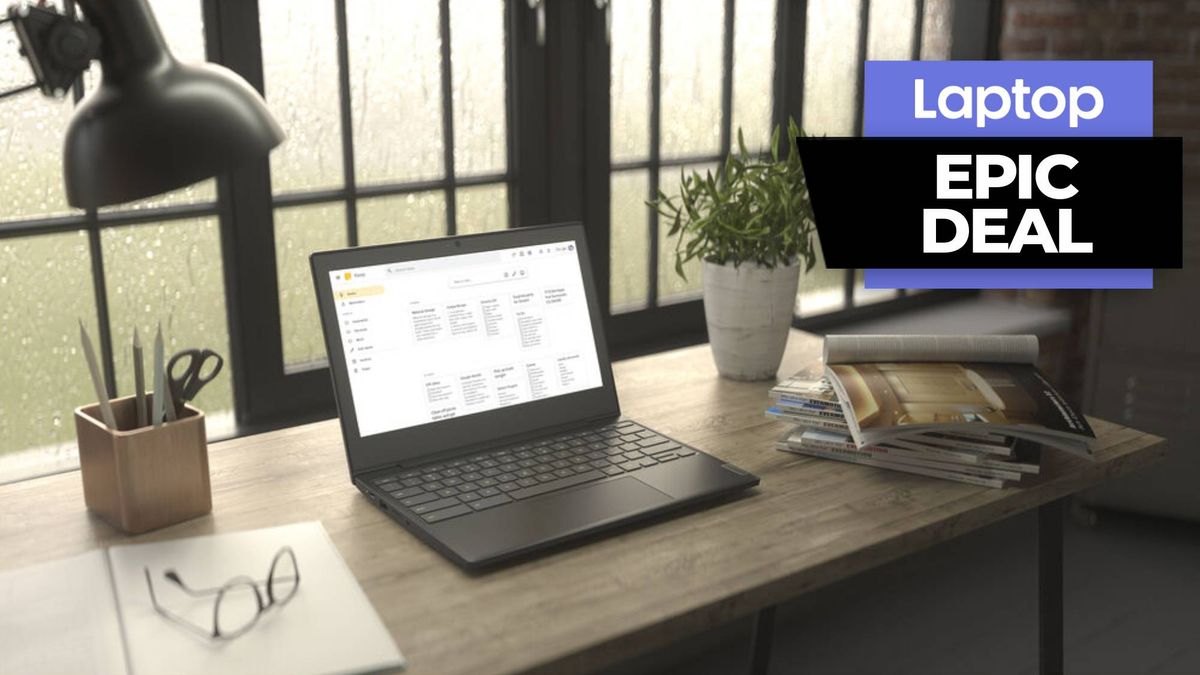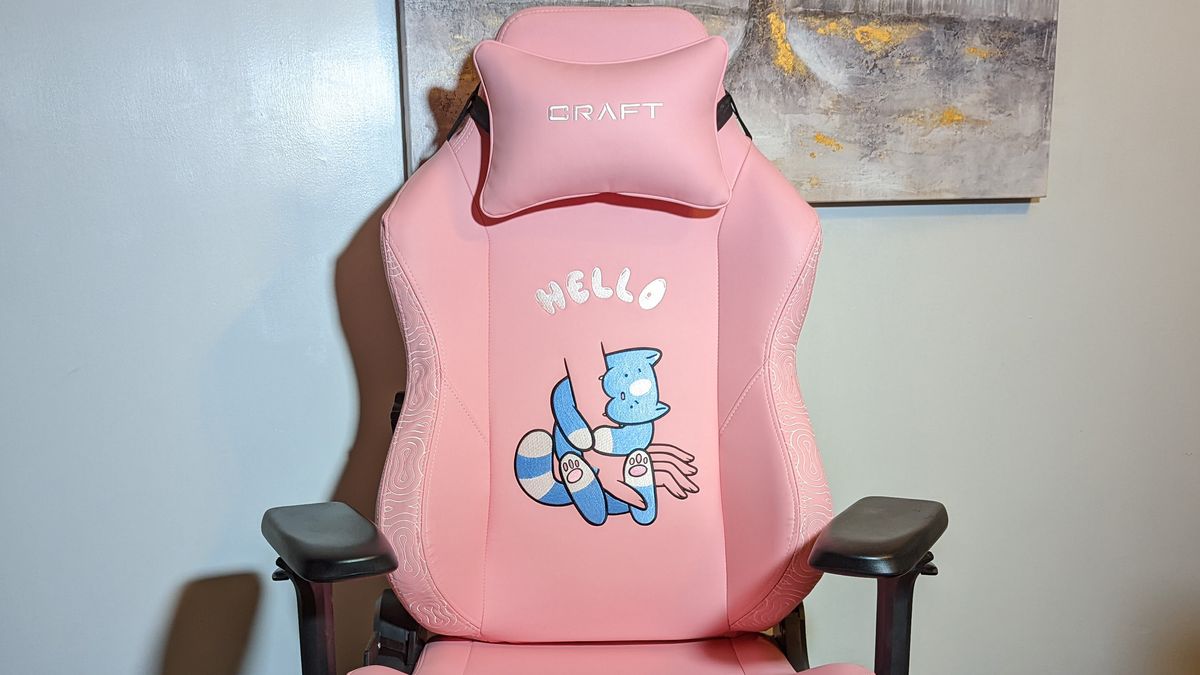It wasn’t the Apple TV+ Friday Night Baseball announcement that captivated Laptop Mag’s media production permalancer Peter Norman — he’s an English lad who prefers cricket matches anyway. The iPhone 2020 SE unveiling didn’t do it for him, either; he’s content with his iPhone 13 Pro Max.
But when Apple introduced the brand-spankin’ new Mac Studio and Studio Display during the March 8 “Peek Performance” livestream, Norman’s eyes widened with thunderstruck glee and astonishment. He was overcome with an emotion Norman called “Apple envy,” an insatiable desire for shiny new products from the Cupertino-based tech giant.
Mac Studio’s mind-blowing performance left our video editor spellbound
Can you blame him? The Mac Studio, a beefed up version of the Mac mini, kicks personal computing up a notch with Apple’s most powerful chips: M1 Max and M1 Ultra.
The M1 Max packs in a 10-core CPU, 24-core GPU and a 16-core Neural Engine; the M1 Ultra sports a 20-core CPU, 48-core GPU and 32-core Neural Engine. If this sounds like gibberish to you, here’s the translation: M1 Max and M1 Ultra provides beastly processing power, superb graphical capabilities and monumental machine-learning prowess (the M1 Ultra is the more powerful of the two).
“The Mac Studio is just a processing monster; it’s mind-blowing!” Norman said, flabbergasted after hearing that the M1 Ultra-packed Mac Studio can play up to 18 streams of 8K video simultaneously. “For Laptop Mag videos, at most, we power up three concurrent streams of 4K video (with maybe a fourth running 6K content), but even my valiant M1 MacBook Air quaffs at that sometimes.”
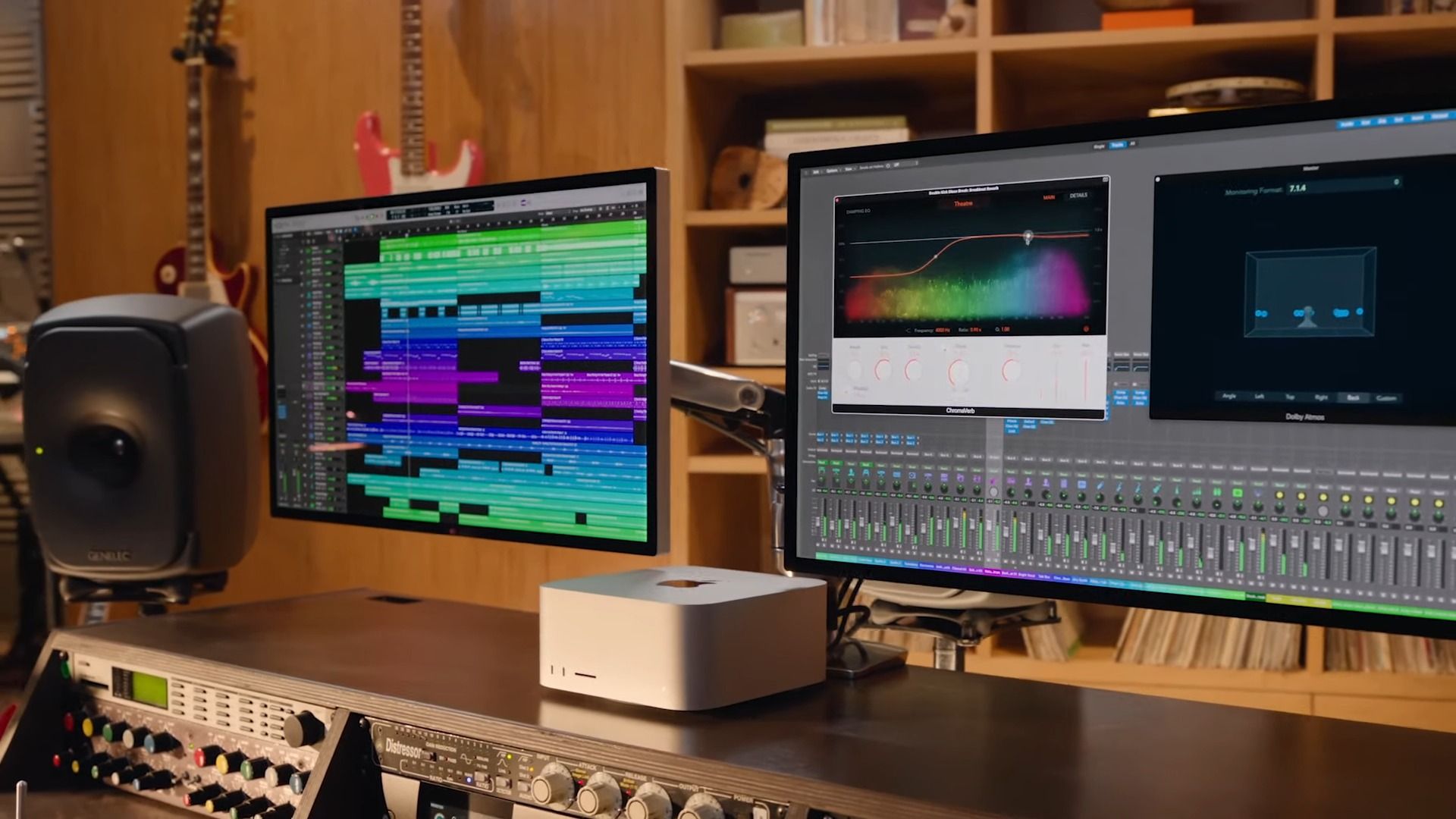
The Mac Studio, on the other hand, has virtually no limitations, which means unbridled creativity for our resident video editor. “Thanks to the new Studio, the slowest factor in the process becomes your imagination,” Norman said. He acknowledges that the Mac Studio is overkill for what we do at Laptop Mag, but he’s wowed by the impact it will have in other industries (e.g. Hollywood). “In one scene, you can set up every camera angle you could imagine — well, realistically, up to 18 — in the highest quality available today.”
Norman says that sports programming is bound to invest in the Mac Studio, too, because capturing “reams of footage from multiple camera angles in realtime” is a necessity. We’re sure Norman’s cricket-watching will be even more delightful in the future.
The Mac Studio’s ports are aplenty
The Mac Studio has a wide variety of ports to meet Norman’s peripheral needs. The M1 Ultra-equipped Mac Studio features two Thunderbolt 4 ports and one SDXC card slot in the front. The back sports four additional Thunderbolt 4 ports, two USB-A ports, one HDMI port, one 10GB Ethernet port, and finally, a 3.5 mm headphone jack.
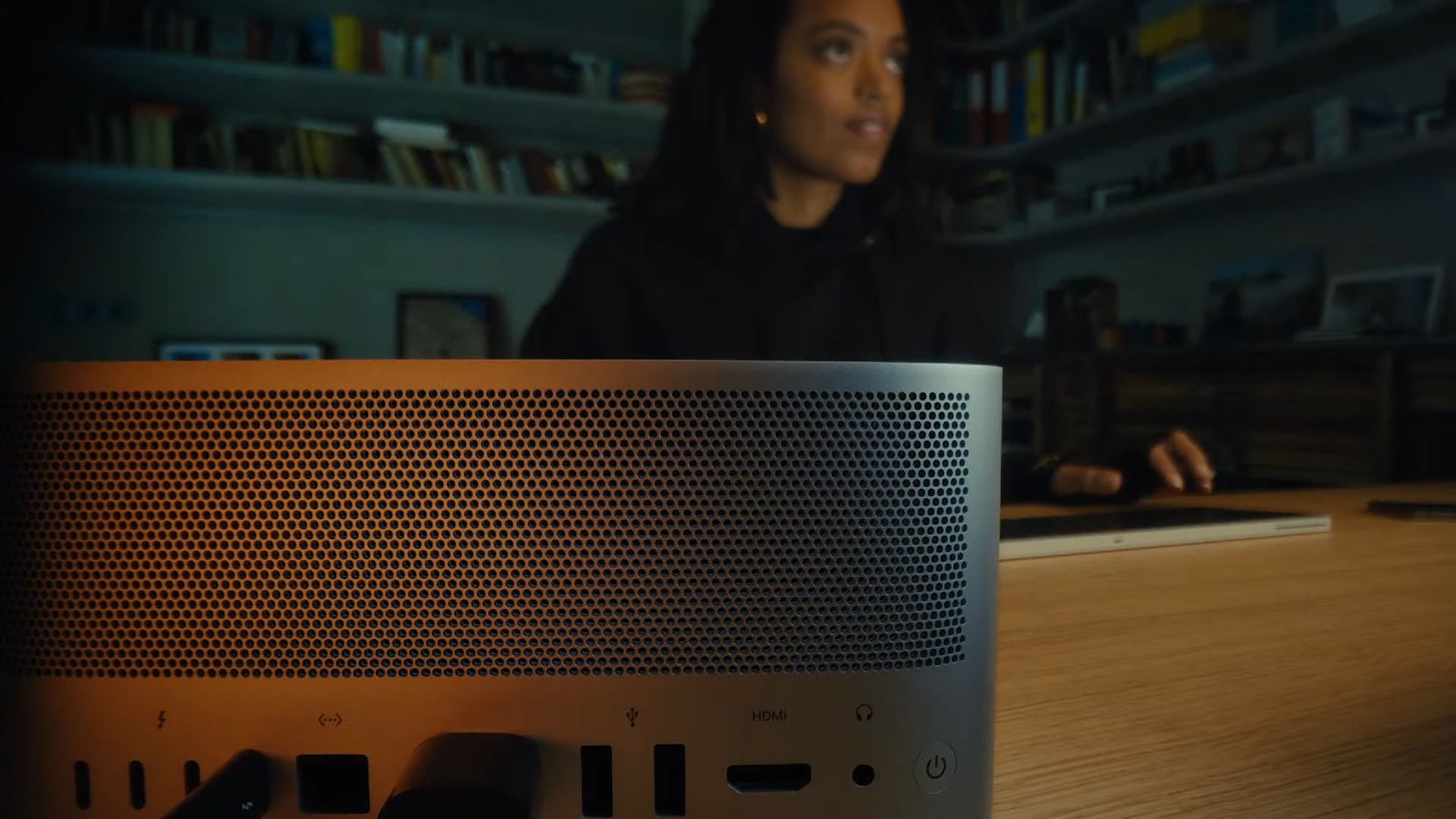
The media production permalancer also gushed about Apple’s new 27-inch Studio Display. “It would double as a power supply and USB hub that would essentially solve my endless MacBook Air dongle life. With the super-high data rates and M1 Ultra’s processing power, [Apple’s new Studio suite] is like some future technology gifted to us by aliens or something,” Norman said.
The Mac Studio’s design is visual wonder
The Mac Studio’s 3.7-inch tall aluminum cubic chassis has a square footprint of only 7.7-inches. Its compact, minimalist, sleek design hypnotized Norman. After all, it takes up very little space and fits perfectly under most displays.
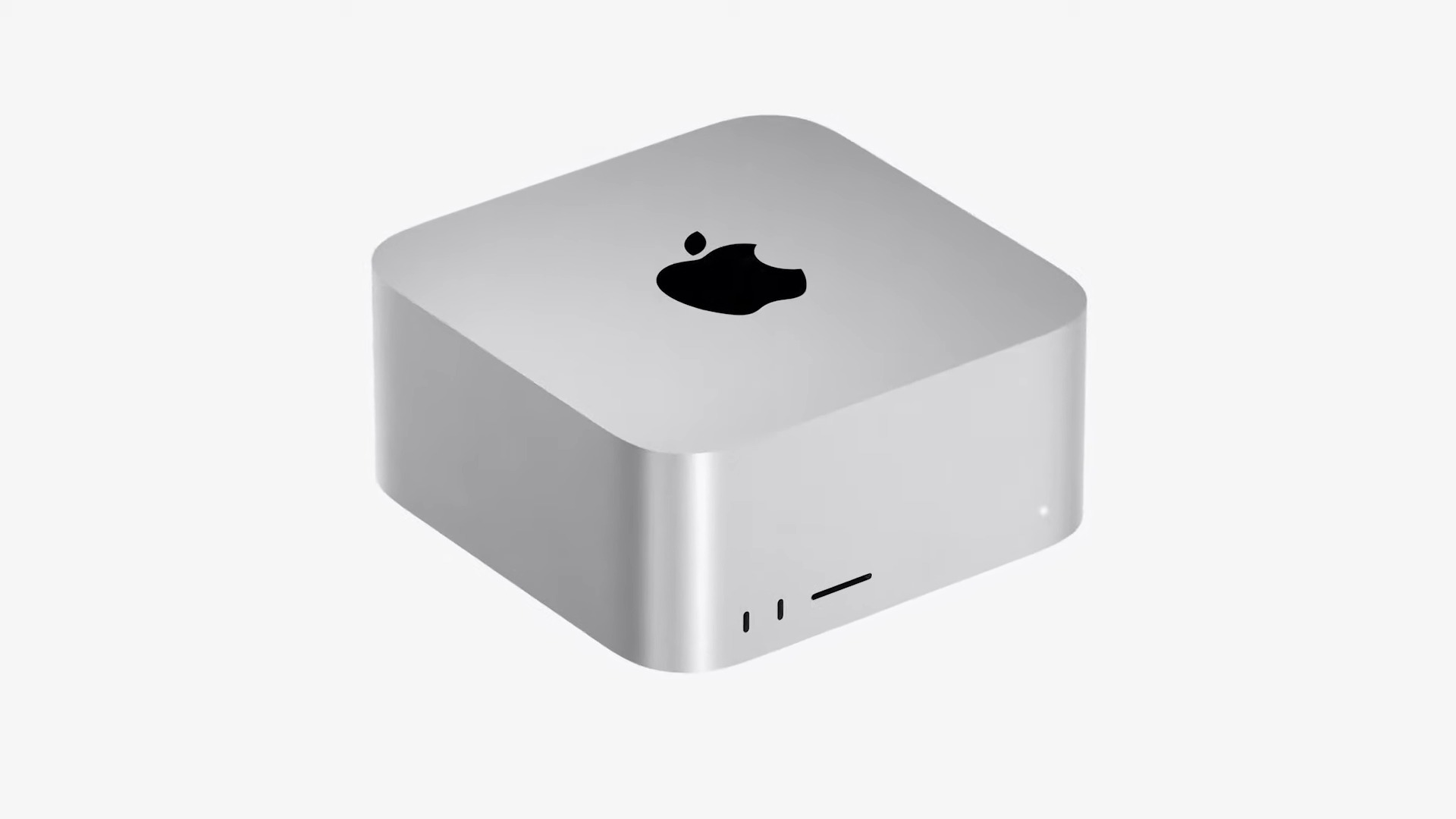
For most workloads, the Mac Studio should be library quiet. Apple boasts that the Mac Studio has industry-leading acoustics (thanks to its intelligent thermal processes and power-efficient chip). The almost-silent, reticient Mac Studio is an attractive pairing next to the Studio Display’s majestic slim profile, according to Norman.
“The design and attention to detail on both is impeccable. You just know that the tilting swing arm on the Studio Display will feel so gorgeous, you’ll want to play with it forever,” Norman said, alluding to the monitor’s tilt-adjustable stand that offers 30 degrees of smooth, effortless tilt.
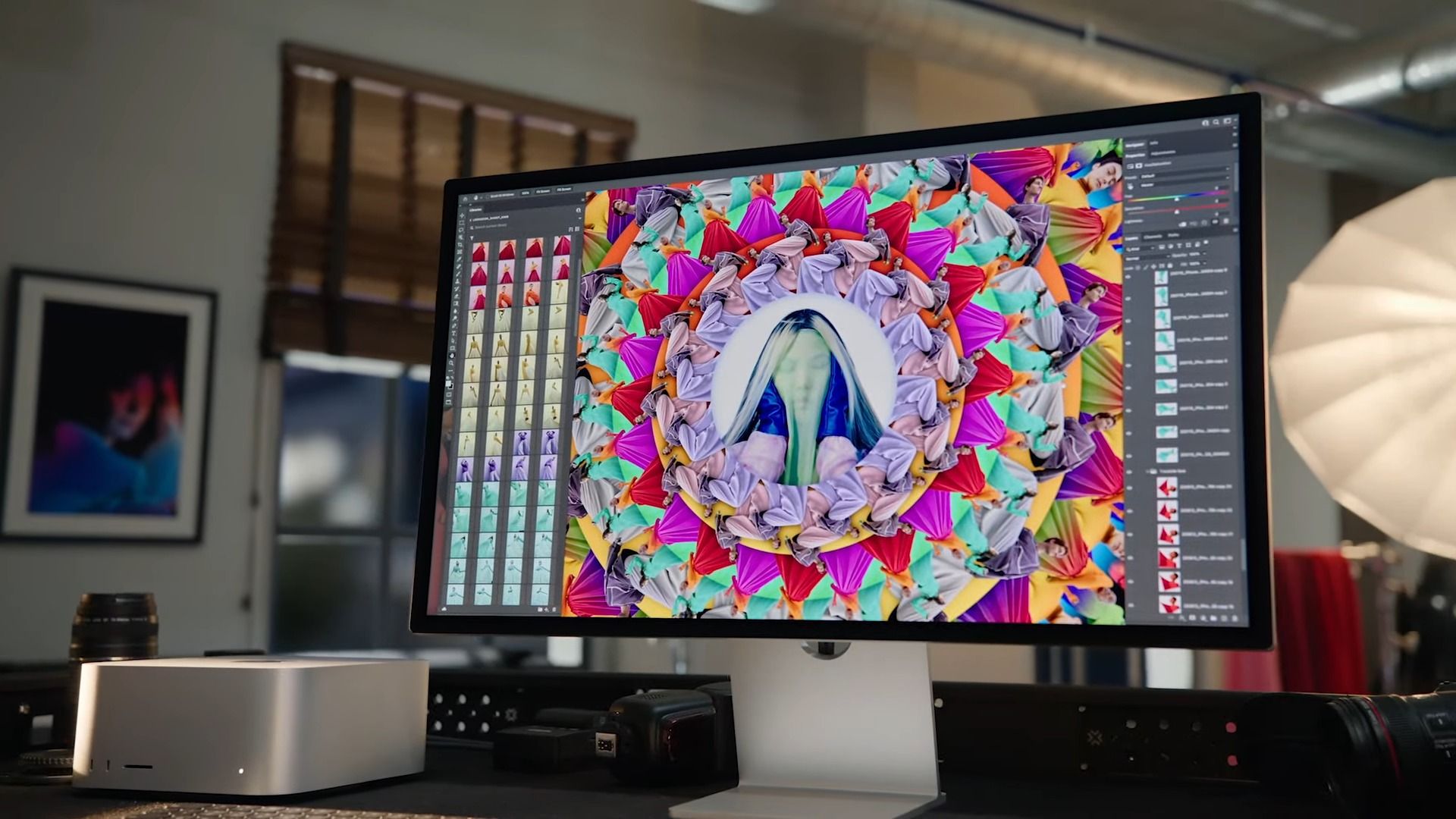
If Norman gets the Mac Studio and Studio Display pairing he wants (i.e. the $3,999 M1 Ultra-packed Mac Studio and $1,899 Nano-textured Studio Display), he’d have to shell out nearly $6,000. Whew!
If he had the money to blow, it’d be worth it to Norman. “You know, the new M1 Max MacBook Pro made everything else in the market look pale and wimpy. Now, this new Studio system makes the M1 Max MacBook Pro look positively gaunt,” he concluded.

